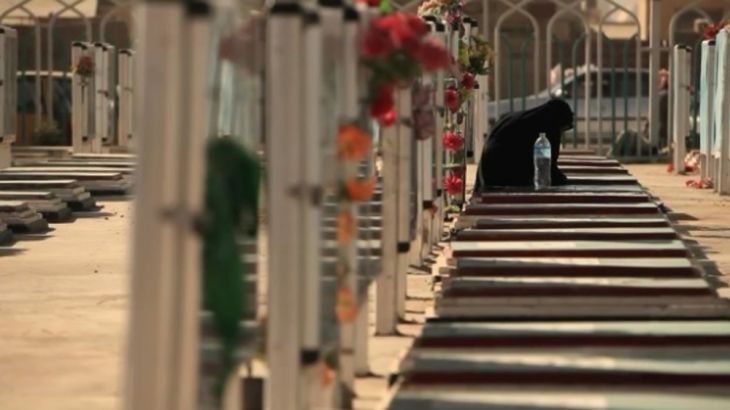
Iraq After the Americans
Following the US troop withdrawal, Fault Lines went to assess the state of Iraq after nine years of occupation.
In keeping with Barack Obama’s presidential campaign promise, by 2012, the US had withdrawn its troops from Iraq and US spending in Iraq was just five percent of what it was at its peak in 2008.
Following the withdrawal, Fault Lines travelled across Iraq to take the pulse of a country and its people after nine years of foreign occupation and nation-building.
Keep reading
list of 4 itemsMoscow theatre attack suspects show signs of beating in court
Four men showing signs of severe beating charged over Moscow concert attack
Russia mourns Moscow concert hall attack victims as death toll rises to 137
With US troops gone, how were Iraqis overcoming the legacy of violence and toxic remains of the US-led occupation and the sectarian war it had ignited?
Rewind spoke recently to Raed Jarrar, Middle East and North Africa Advocacy director at Amnesty International US, to find out what has changed since the film was made. Jarrar says things have only worsened since the American occupation and withdrawal.
“Amnesty International can confirm the number of IDPs (internally displaced persons) in Iraq is over three million now. The Iraqi government has unfortunately been a part of the problem … many of these people are displaced because of the actions of the government and militias affiliated with the government.
Many [IDP] families are separated, arrested under suspicions of collaborating with ISIS … we are talking about tens of thousands of Iraqis who have been arrested in the last few years with no due process and no access to a lawyer.
The reconstruction effort that was promised [by the Iraqi government] has not even started in many cases.
From a personal point of view, I can say that many of Iraq’s neighbours have been interfering with its internal politics. Iran has a lot of power and leverage over Iraqi politicians and Iraqi militias. Some of the militias seem to be armed or even controlled directly by Tehran. It is one of the countries that have been involved very heavily with Iraq’s domestic issues.”
Editor’s note: This interview has been edited for clarity and brevity.